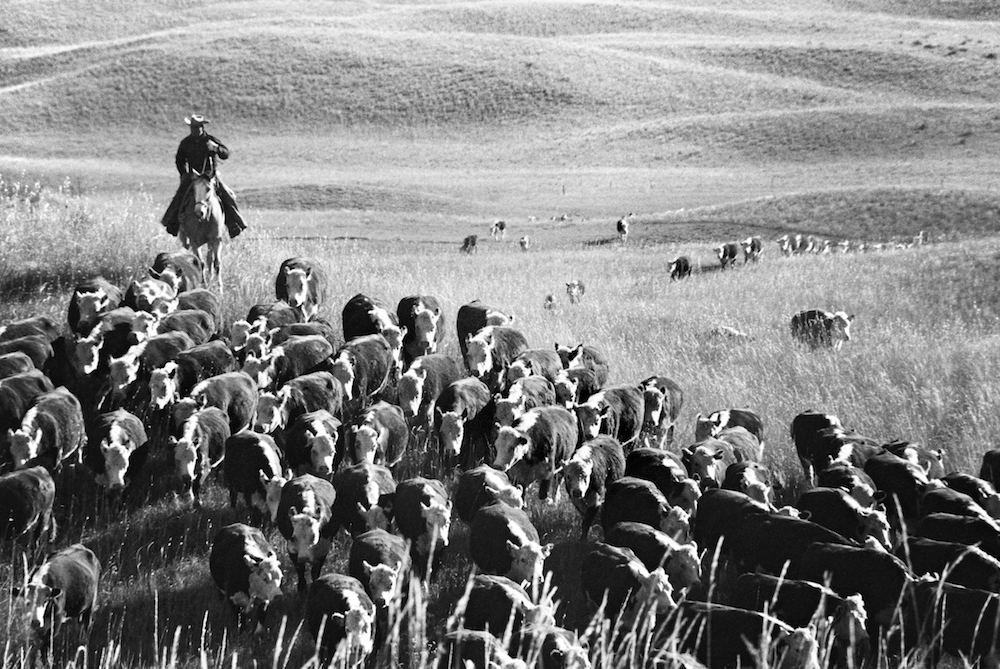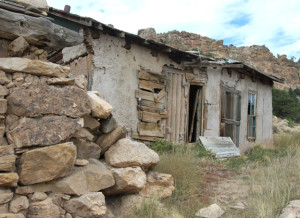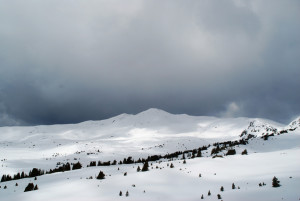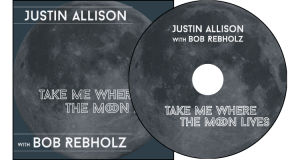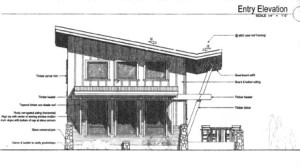Photographer Grey Villet had a saying: “Every story should be as real as real could get.”
Grey was an award-winning lensman for Life magazine back in the 1960s, and he never had any idea that someday I’d be representing his photos at the annual Art for the Sangres here in Westcliffe.
Each year the San Isabel Land Protection Trust organizes Art for the Sangres as its major fundraiser for the year. The annual art sale brings together artists of many mediums from all over the country, as well as locally, to raise funds for land and water conservation in Southern Colorado. Celebrating its 20th year in 2015, San Isabel has administered 128 conservation easements protecting 40,000 acres of land, 174 water rights and 61 miles of stream frontage.
In recent years I had served as a docent at the art sale. The first year I had represented the paintings of my friend and neighbor Lorie Merfeld-Batson. The next year I was the docent for JG Moore, a bronze sculptor from Colorado’s eastern plains.
But last year I’d begged off the volunteer role as it took up a lot of time during what is typically one of the nicest-weather weekends of the year. And this year I’d pretty much decided to do the same. But I sure did miss the party, easily one of the biggest social events of the year in Custer County.
Then my friend Peter Hedberg contacted me regarding the art sale. Peter is a benefactor of the land trust and had convinced organizers to include a collection of photography called “The Last Cattle Drive” taken in 1960 by Villet, who passed in 2000. Villet’s wife Barbara represents his work. The couple met when she was also working at Life as a writer.
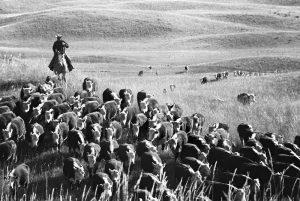
Peter wanted to know if I’d be interested in representing this photo display, along with Barbara; meanwhile I’d been notified by the land trust that a docent had canceled if I wanted to fill in. Peter invited me to his office to view the photos.
This photo essay documented what would prove to be the last overland cattle drive of more than 1,000 animals from Cedar Butte, South Dakota, to northern Nebraska. Over the course of that week, Grey captured the beauty of the rolling grasslands of the Great Plains, as well as the grit and determination of the men who were desperately holding tight to their waning lifestyle of self-reliance. The stunning and historic collection is currently on display at the Monroe Gallery in Santa Fe.
“What attracted me to this was it’s not just the land but images of man interacting with the land, and that is what San Isabel is trying to preserve,” Peter said. “It’s a great narrative, and it’s different from anything the art show has ever done.”
I was immediately taken by the scope and range of the photos. What’s more, I recognized the black-and-white techniques from my early days in photography – I immediately knew Grey had used Kodak Tri-X film, for example, and could tell how the images had been burned and dodged under the enlarger. I was fascinated with the pictures and the sense of photojournalism.
It turns out Grey also never took a posed photo, used only natural light and – get this – never even cropped a single image. Each print was made to the same exact dimension as a 35mm negative.
Grey, born in South Africa in 1927, also had a way of capturing more than just cowboys. The celebrated photojournalist and recipient of many major photography awards also took historically significant photographs of people like John F. Kennedy, Martin Luther King and Richard Nixon. He photographed Fidel Castro’s triumphant ride into Havana, and Jackie Robinson stealing home in the 1955 World Series. His masterpiece Life photo essay “The Loving Story” documented the story of Mildred and Richard Loving, whose case became a landmark civil rights decision by the United States Supreme Court, striking down laws prohibiting interracial marriage.
I was out of retirement as a docent very quickly.
Which is how I came to find myself spending a lovely evening with Barbara – who makes her home in Cambridge, New York – at A Painted View Ranch, where Art for the Sangres is hosted. For this show the barn is converted to a showcase, with the horse stalls serving as mini-galleries for the 24 artists. Ironically, Barbara and I were sharing a stall with Lorie, who was this year’s featured artist, and with whom my docent career began.
Two of these amazing Grey Villet photos went home from the show with Wet Mountain Valley residents. And hundreds more people had the chance to view these images and hear Grey’s story, as told by me, as they circulated around the artists and their work while sipping wine and enjoying the fine food.
In the end more than $147,000 in art was sold during the event, with 40 percent of the proceeds supporting San Isabel’s conservation efforts. As a docent out of retirement, spending this evening immersed in the historic world of photojournalism was about as real as it could get.
Grey Villet’s work can be found at: www.greyvillet.com
Hal Walter is a 30-year resident of Custer County and the author of Full Tilt Boogie – A journey into autism, fatherhood, and an epic test of man and beast.

